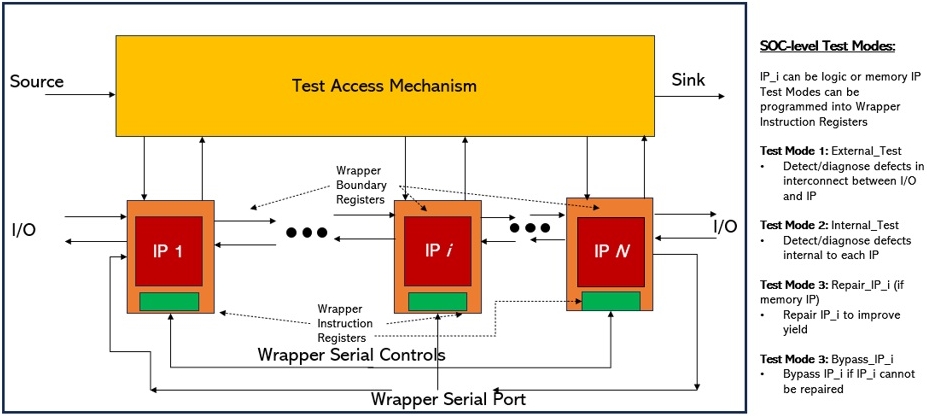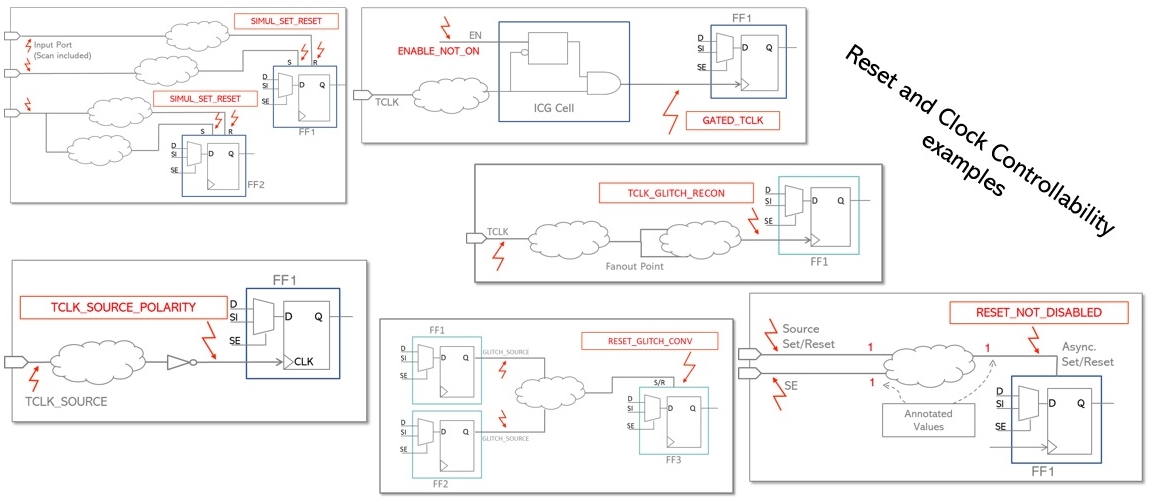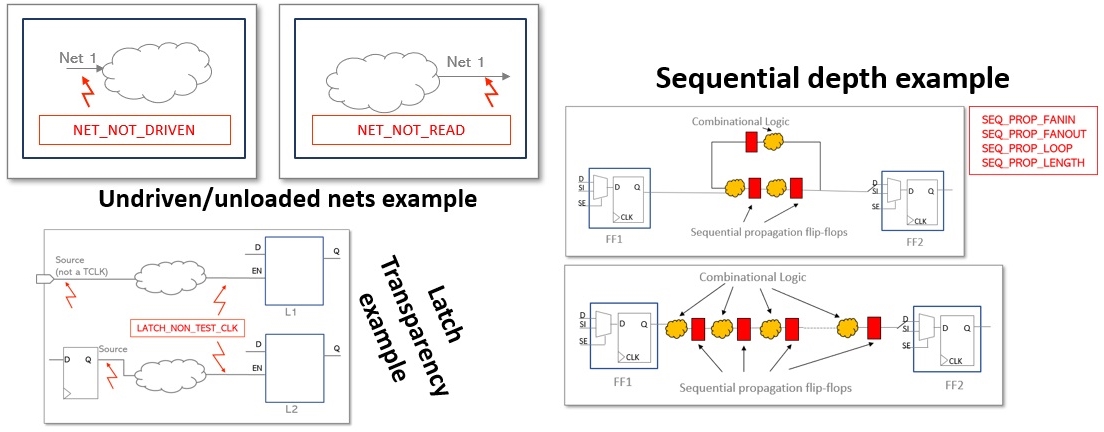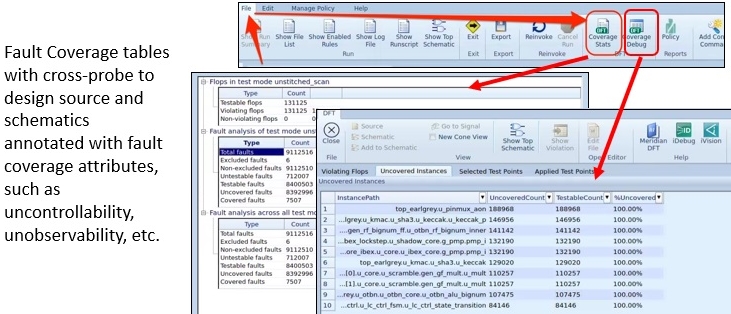( ESNUG 595 Item 8 ) ------------------------------------------------------- [02/02/24]
Subject: Prakash on DFT static signoff tool -- plus 25 years of Real Intent
The live DAC'23 Troublemakers Panel
Cooley: Prakash. I notice you have a DFT checker. Why would I buy something that
already exists in the other SNPS/CDNS/MENT tools?
---- ---- ---- ---- ---- ---- ----
---- ---- ---- ---- ---- ---- ----
---- ---- ---- ---- ---- ---- ----
Prakash: Just a small digression. You were earlier talking about 40 years of
wandering in the desert -- it's the 25-year anniversary of Real Intent.
So yes, I've been crazy for a little while ... and enjoying it for a
little while.
Cooley: You've been a "startup" for 25 years?
[laughter]
Prakash: Yes, we've been a "startup" for 25 years.
Costello: The burning bush is very close.
[laughter]
Cooley: So, in 15 more years, you'll be in the Promised Land.
[laughter]
---- ---- ---- ---- ---- ---- ----
---- ---- ---- ---- ---- ---- ----
---- ---- ---- ---- ---- ---- ----
Prakash: To set the context for your original DFT question, Real Intent is
all about "shift left" and static sign-off.
Today, if you look at AI chips, they're building a massive amount
of compute grid. And on a different spectrum, if you look at
automobile chips, they have big massive reliability requirements.
Effectively, if you have problems on the chip -- you will have
to diagnose, and you have to recover, and to repair.

(click on pic to enlarge image)
|
And all of this has to be built on top of your DFT infrastructure.
And so, DFT used to be an afterthought. But now it's becoming a
part of the fundamental chip architecture. And this falls into
Real Intent's sweet spot of enabling "left shift" or "shift left"
outlook -- which is our tools do the earliest possible verification
of a design step.
Cooley: But how do you compete?

(click on pic to enlarge image)
|
Prakash: We are in a totally different place than SNPS/CDNS/MENT. Our Meridian
RTL DFT tool lets you ensure that at the architectural level or the design
level, that your test and DFT principles (or modes and methodologies)
are all well put together -- and will stay that way as your design flow
goes from RTL to synthesis to placed-gates then to place & route.
Now on the backend side -- the test CAD software, the massive infrastructure
that does scan/ATPG/BIST that SNPS/CDNS/MENT does -- we don't compete there.
[ Editor's Note: For example, Meridian DFT will, in a single run, verify
multiple test modes for
- Controllability, polarity and glitch issues on asynchronous sets/resets
of flip-flops and on test clocks reaching flip-flops

(click on pic to enlarge image)
|
- High sequential depth through non-scan flip-flops and other connectivity
checks and latch transparency checks

(click on pic to enlarge image)
|
- Early detection of control/observe test point candidates
- Random pattern resistance analysis
Plus "fault coverage analysis with and without test points, that are

(click on pic to enlarge image)
|
per test mode or overall, with actionable fault coverage debug guidance
to the user -- while checking 100% of the targeted DFT failure risks
under all test modes." - John ]
We, at Real Intent with our Meridian DFT, are simply looking to provide
the best and the most efficient DFT verification at the RTL level by again
the capacity, performance, customized debuggability -- and also early
identification of design test points -- so that the coverage requirements
can be planned up ahead.
And this is the niche that we are doing in DFT -- and in partnership with
customers. And we find that there is a very interesting need for it
in the marketplace.
---- ---- ---- ---- ---- ---- ----
Related Articles
Prakash on Real Intent CDC, RDC, DFT, Lint static sign-off changes
Real Intent low noise/multimode Meridian RDC gets the Best of 2020 #3a
Users choosing Meridian CDC over Spyglass CDC gets the Best of 2020 #3b
Real Intent Verix CDC true multimode analysis gets the Best of 2020 #3c
Join
Index
Next->Item
|



